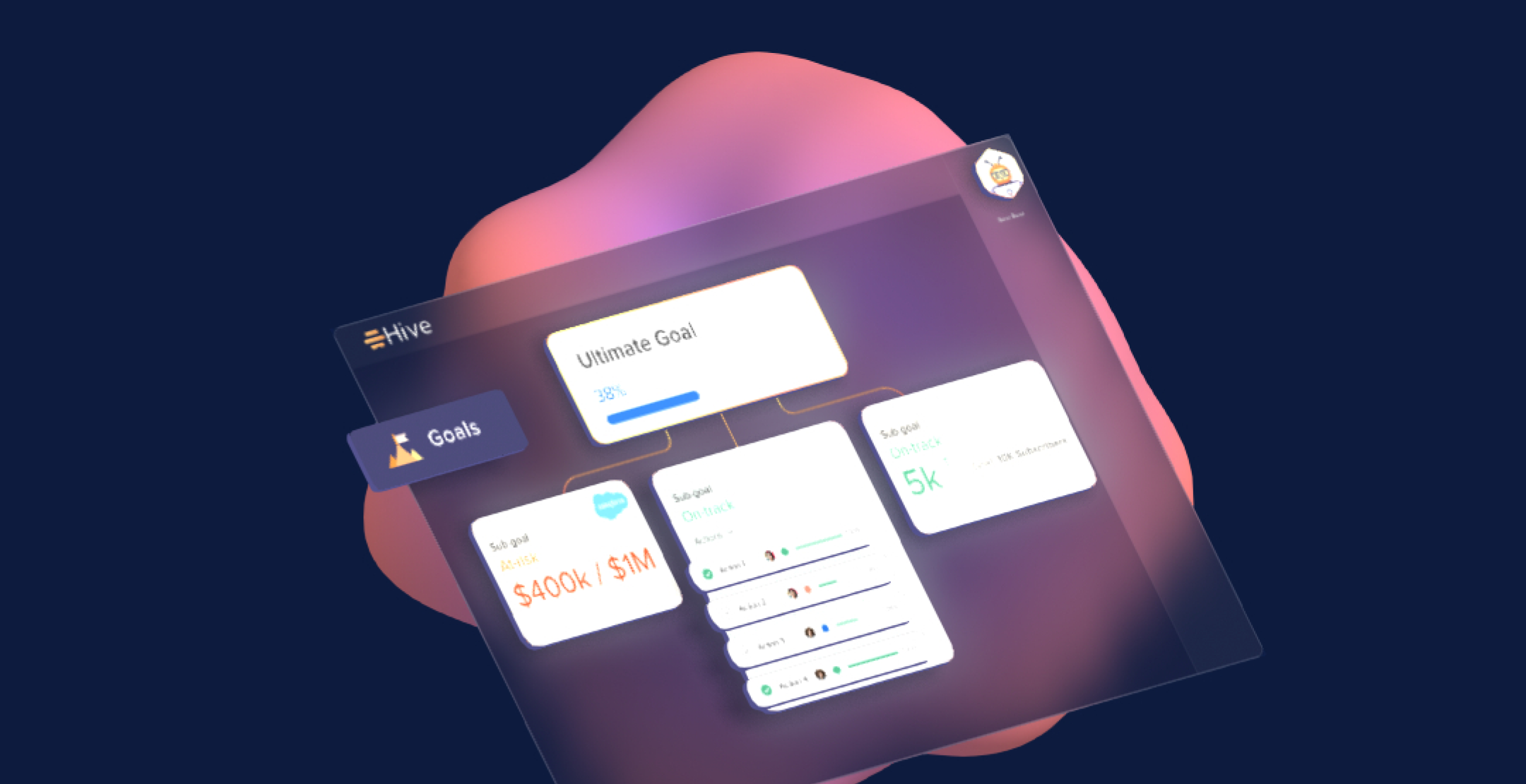Cloud computing has revolutionized the way businesses operate, providing unprecedented scalability, flexibility, and cost efficiency. However, with the benefits of cloud technology come unique security challenges. As more organizations migrate their data and applications to the cloud, they become potential targets for cybercriminals seeking to exploit vulnerabilities in cloud environments. In this blog, we will explore the common threats in cloud security that organizations need to be aware of and the best practices to mitigate these risks, ensuring the safety of their digital assets.
Data Breaches
Data breaches are among the most significant concerns in cloud security. Cybercriminals aim to gain unauthorized access to sensitive data stored in the cloud, such as customer information, financial records, and intellectual property. Breaches can occur due to weak credentials, misconfigured security settings, or insufficient encryption. To protect against data breaches, organizations must implement strong authentication mechanisms, encrypt sensitive data, and regularly monitor access logs for suspicious activities.
Insider Threats
Insider threats involve malicious or negligent actions by employees or other trusted individuals with access to the organization’s cloud resources. Employees might inadvertently expose sensitive data, or disgruntled personnel may intentionally attempt to cause harm. Organizations should adopt the principle of least privilege, limiting access to critical data and resources to only those who require it. Continuous monitoring and behavior analysis can also help detect potential insider threats.
DDOS Attacks
DDoS attacks flood cloud-based services with an overwhelming amount of traffic, causing disruptions and rendering services inaccessible to legitimate users. These attacks can be financially motivated or intended to create chaos and tarnish a company’s reputation. Implementing DDoS protection measures, such as traffic filtering and load balancing, can mitigate the impact of such attacks and ensure service continuity.
Insecure APIs
Application Programming Interfaces (APIs) enable communication between cloud-based applications and services. Insecure APIs can provide an entry point for attackers to manipulate or gain unauthorized access to cloud resources. Properly securing APIs involves using authentication and access controls, implementing rate limiting, and regularly updating API security measures.
Data Loss
Data loss can occur due to accidental deletion, system failures, or cyber attacks. Cloud service providers typically have robust data backup and disaster recovery solutions, but it’s essential for organizations to implement additional measures to ensure data integrity and availability. Regularly backing up data to off-site locations and conducting disaster recovery tests are critical steps in preventing data loss.
Malware and Ransomware
Malware and ransomware attacks pose significant threats to cloud environments. Malware can infect cloud resources, compromising sensitive data and causing system disruptions. Ransomware encrypts data and demands a ransom for its release, causing financial losses and operational downtime. To protect against malware and ransomware, organizations should deploy anti-malware solutions, regularly update security patches, and maintain offline backups of critical data.
Inadequate Identity and Access Management (IAM)
IAM is a crucial aspect of cloud security, as it controls user access to cloud resources and data. Weak IAM practices, such as using default or easily guessable credentials, can lead to unauthorized access and data breaches. Implementing strong IAM policies, using multi-factor authentication, and regularly reviewing access privileges can enhance cloud security.
Misconfiguration
Misconfigurations are common mistakes that occur during cloud deployment, leaving cloud resources exposed to potential threats. Misconfigured storage buckets, firewall rules, and access controls can lead to data leaks and unauthorized access. Regularly auditing cloud configurations, following security best practices, and automating cloud configuration management can minimize the risk of misconfigurations.
Shared Security Model
Cloud service providers follow a shared security model, where they secure the infrastructure and underlying cloud services, while customers are responsible for securing their data and applications. Failure to understand and fulfill the customer’s part of the shared security responsibility can lead to security gaps. Organizations must clearly understand their responsibilities in the shared model and implement appropriate security measures.
Cloud Sprawl
Cloud sprawl refers to the uncontrolled growth of cloud resources within an organization, leading to difficulties in monitoring and securing all cloud instances effectively. Implementing cloud governance policies, setting up automated resource management, and maintaining an inventory of all cloud assets can help address cloud sprawl and improve cloud security.
Shadow IT
Shadow IT refers to the use of unauthorized cloud services and applications within an organization without the knowledge or approval of the IT department. Employees may adopt cloud-based tools or services for convenience or productivity, but such practices can introduce security risks. Shadow IT can lead to data leakage, compliance violations, and lack of control over sensitive information. To address this challenge, organizations should promote transparency and communication about approved cloud services, educate employees about the risks of using unauthorized tools, and provide secure alternatives that meet their needs.
Supply Chain Vulnerabilities
The cloud ecosystem often involves multiple third-party vendors and subcontractors that provide various services and components. Supply chain vulnerabilities arise when one of these vendors experiences a security breach or compromise, potentially affecting the entire cloud supply chain. Cybercriminals may target weaker links in the chain to gain access to valuable data or exploit cloud resources. To mitigate supply chain vulnerabilities, organizations should thoroughly vet their cloud service providers and subcontractors, conduct regular security assessments, and ensure that all parties follow stringent security protocols.
Cloud Compliance Challenges
Compliance with industry regulations and data protection laws is a crucial aspect of cloud security, especially in the retail industry, where customer data and financial information are regularly processed. However, navigating the complex landscape of compliance requirements can be challenging for retailers operating in the cloud.
Different regions and countries have specific data protection laws, such as the General Data Protection Regulation (GDPR) in Europe or the California Consumer Privacy Act (CCPA) in the United States. These laws dictate how customer data should be collected, processed, stored, and protected. Failure to comply with these regulations can result in severe penalties and legal consequences.
Conclusion
As the adoption of cloud computing continues to accelerate, understanding and mitigating common threats in cloud security becomes paramount for organizations. Data breaches, insider threats, DDoS attacks, insecure APIs, and inadequate IAM practices are just some of the challenges that require proactive security measures. By adhering to best practices, implementing robust security solutions, and staying vigilant against emerging threats, businesses can confidently embrace cloud technologies such as vulnerability management solutions, and protect their digital assets. Cloud security is not a one-time endeavor but an ongoing commitment to safeguarding data, applications, and customer trust in the digital era.



